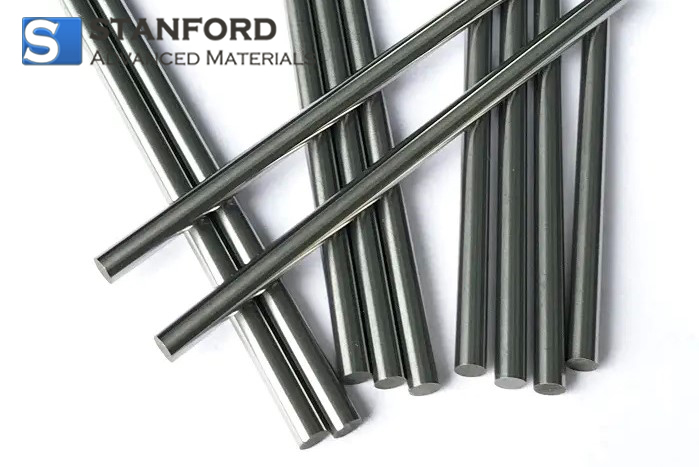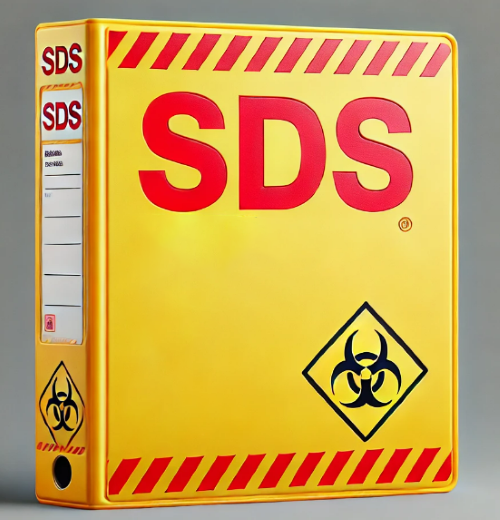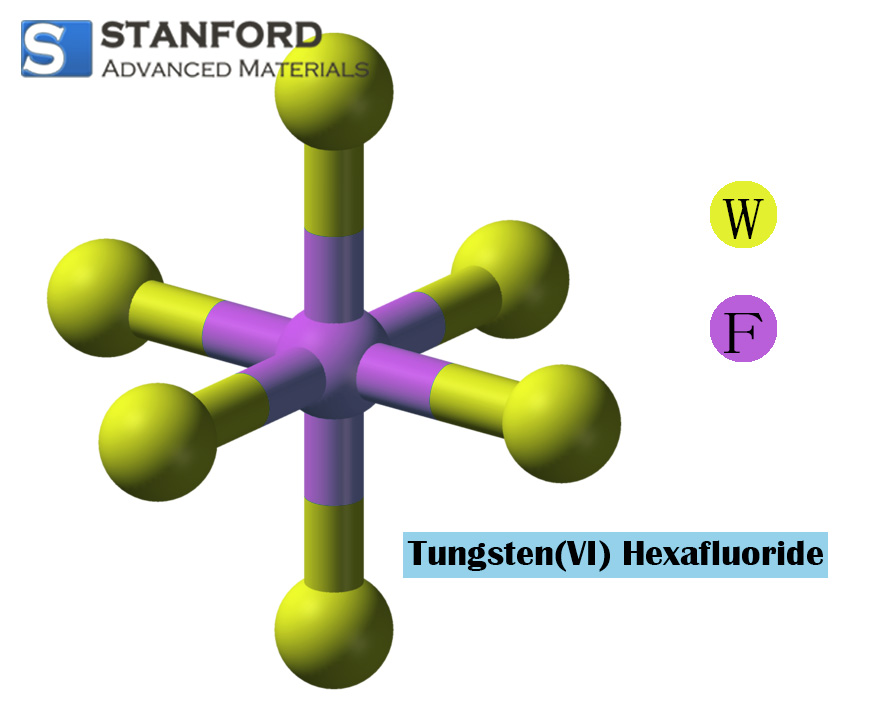MSDS Of Tantalum
1 PRODUCT AND SUPPLIER IDENTIFICATION
Product designation: Tantal – Pellets, Wire, Bars, Foils, Sheets, Targets, Fasteners
Formula: Ta
Supplier: Stanford Advanced Materials
23661 Birtcher Dr., Lake Forest, CA 92630 U.S.A.
Telephone: (949) 407-8904
Fax: (949) 812-6690
Email: sales@SAMaterials.com
Recommended applications: Scientific research
2 IDENTIFICATION OF HAZARDS
GHS Classification (29 CFR 1910.1200): Not classified as hazardous
GHS Label Elements:
Signal word: N/A
Hazard statements: Not applicable
Precautionary statements: N/A
3 COMPOSITION/INFORMATION ON INGREDIENTS
Constituent: Tantal
CAS-NO.: 7440-25-7
4 FIRST AID MEASURES
General measures: Under normal handling and use, exposure to the solid forms of this material does not present a health risk. However, during operations such as grinding, melting or welding, potentially hazardous dust or fumes may be produced, thereby causing inhalation or contact with skin or eyes.
INHALATION: Transfer the individual to fresh air, keep warm and calm, and administer oxygen if breathing difficulties occur. Seek medical advice.
INGESTION: Rinse the mouth with water. Do not induce vomiting. Seek medical assistance. Never induce vomiting or administer anything by mouth to an unconscious individual.
SKIN: Remove contaminated clothing, brush the material from the skin and wash the affected area with water and soap. If symptoms occur or persist, seek medical advice.
EYES: Rinse the eyes with lukewarm water for at least 15 minutes, ensuring the water cleans beneath both the upper and lower eyelids. If symptoms occur or persist, consult a doctor.
Principal symptoms/effects, acute and delayed: May cause irritation. See Section 11 for further information.
Advice on urgent medical treatment and special treatment: No further pertinent information is available.
5 FIRE FIGHTING MEASURES
Extinguishing media: Use an extinguishing agent suitable for the surrounding materials and the type of fire.
Unsuitable extinguishing media: No information available
Specific hazards arising from the material: In its supplied state, this product presents no fire or explosion hazard. Fine chips and dust generated during processing may be flammable and, under fire conditions, could release toxic metal oxide fumes.
Special protective equipment and precautions for fire-fighters: Use full-face protection, a self-contained breathing apparatus and complete protective clothing, if required.
6 ACCIDENTAL RELEASE MEASURES
Personal precautions, protective equipment and emergency procedures: Wear appropriate respiratory and protective equipment as detailed in Section 8. Avoid the generation of dust.
Methods and materials for containment and cleaning up: Sweep or scoop up the material and place it into a suitable disposal container.
Environmental precautions: Prevent release into the environment.
7 HANDLING AND STORAGE
Precautions for safe handling: Avoid dust formation. Ensure adequate ventilation if dust is produced. Avoid inhaling dust or fumes and prevent contact with skin and eyes. Wash thoroughly before eating or smoking. Refer to Section 8 for details of personal protective equipment.
Conditions for safe storage: Store in a cool, dry place. Refer to Section 10 for further information on incompatible materials.
8 EXPOSURE CONTROLS / PERSONAL PROTECTIVE EQUIPMENT
Exposure limit values: Tantal
OSHA/PEL: 5 mg/m³
ACGIH/TLV: 5 mg/m³
Technical protective measures: Ensure sufficient ventilation to maintain exposures below the occupational limits. Where practicable, use local exhaust or other engineering controls to reduce airborne dust and fume concentrations. Maintain good housekeeping and hygiene practices. Prevent dust accumulation, as it may constitute a fire hazard. Do not smoke or eat in the work area. Wash thoroughly before eating or smoking. Do not use compressed air to remove dust from clothing or skin.
Respiratory protection: If exposure limits are exceeded, use a NIOSH-approved respirator.
Eye protection: Safety goggles
Skin protection: Wear impervious gloves and, where necessary, protective occupational clothing.
9 PHYSICAL AND CHEMICAL PROPERTIES
Appearance:
Form: Solid, available in various forms
Colour: Bluish-grey to silvery metallic
Odour: Odourless
Odour threshold: Not determined
pH: N/A
Melting point: 2 996 °C
Boiling point: 5 425 ±100 °C
Flash point: N/A
Evaporation rate: N/A
Flammability: N/A
Upper flammability limit: No data
Lower flammability limit: No data
Vapour pressure: No data
Density of vapour: N/A
Relative density (specific gravity): 16.6 g/cc at 20 °C
Solubility in H2O: Insoluble
Partition coefficient (n-octanol/water): Not determined
Autoignition temperature: No data
Decomposition temperature: No data
Viscosity: N/A
10 STABILITY AND REACTIVITY
Reactivity: No data
Chemical stability: Stable under the recommended storage conditions.
Possibility of hazardous reactions: Finely divided Tantal particles or dust may ignite when exposed to an ignition source.
Conditions to avoid: Avoid formation or accumulation of fine dust.
Incompatible materials: Acids, oxidising agents, halogens, brombromtrifluorid, fluorine, bleaching chromate, sulphur trioxide.
Hazardous decomposition products: Tantalum oxide fumes.
11 TOXICOLOGICAL INFORMATION
Routes of exposure: Inhalation, skin contact, eye contact. The product in its supplied state does not pose an inhalation hazard; however, dust or fumes may be generated during subsequent operations.
Exposure symptoms: May cause irritation if dust or fumes are inhaled or ingested. Fine dust may irritate the skin and eyes.
Acute and chronic effects: Tantalum metal is generally considered physiologically inert.
Acute toxicity: No data
Carcinogenicity: NTP: Not identified as carcinogenic; IARC: Not identified as carcinogenic
To the best of our knowledge, the chemical, physical and toxicological properties of the substance are not fully known.
12 ECOLOGICAL INFORMATION
Ecotoxicity: No data
Persistence and degradability: No data
Bioaccumulation potential: No data
Mobility in soils: No data
Other adverse effects: Prevent the material from entering the environment without appropriate regulatory authorisation. No further pertinent information is available.
13 DISPOSAL CONSIDERATIONS
Waste disposal method:
Product: Dispose of in accordance with national, regional and local regulations.
Packaging: Dispose of in accordance with national, regional and local regulations.
14 TRANSPORT INFORMATION
DOT/ADR/IATA/IMDG Regulations: Not regulated
UN number: N/A
Proper UN shipping name: N/A
Transport hazard class: N/A
Packaging group: N/A
Marine pollutant: No
Special precautions: N/A
15 REGULATORY INFORMATION
TSCA: All components are listed.
Regulation (EC) No 1272/2008 (CLP): N/A
Canada WHMIS Classification (CPR, SOR/88-66): N/A
HMIS Ratings: Health: 0, Flammability: 0, Physical: 0
NFPA Ratings: Health: 0, Flammability: 0, Reactivity: 0
Chemical safety assessment: A substance safety assessment has not been performed.
16 OTHER INFORMATION
The above information is considered accurate but is not exhaustive and is provided solely as a guide. Stanford Advanced Materials accepts no liability for any damage arising from the handling or contact with the product.

 Bars
Bars
 Beads & Spheres
Beads & Spheres
 Bolts & Nuts
Bolts & Nuts
 Crucibles
Crucibles
 Discs
Discs
 Fibers & Fabrics
Fibers & Fabrics
 Films
Films
 Flake
Flake
 Foams
Foams
 Foil
Foil
 Granules
Granules
 Honeycombs
Honeycombs
 Ink
Ink
 Laminate
Laminate
 Lumps
Lumps
 Meshes
Meshes
 Metallised Film
Metallised Film
 Plate
Plate
 Powders
Powders
 Rod
Rod
 Sheets
Sheets
 Single Crystals
Single Crystals
 Sputtering Target
Sputtering Target
 Tubes
Tubes
 Washer
Washer
 Wires
Wires
 Converters & Calculators
Converters & Calculators
 Write for Us
Write for Us


 Chin Trento
Chin Trento


